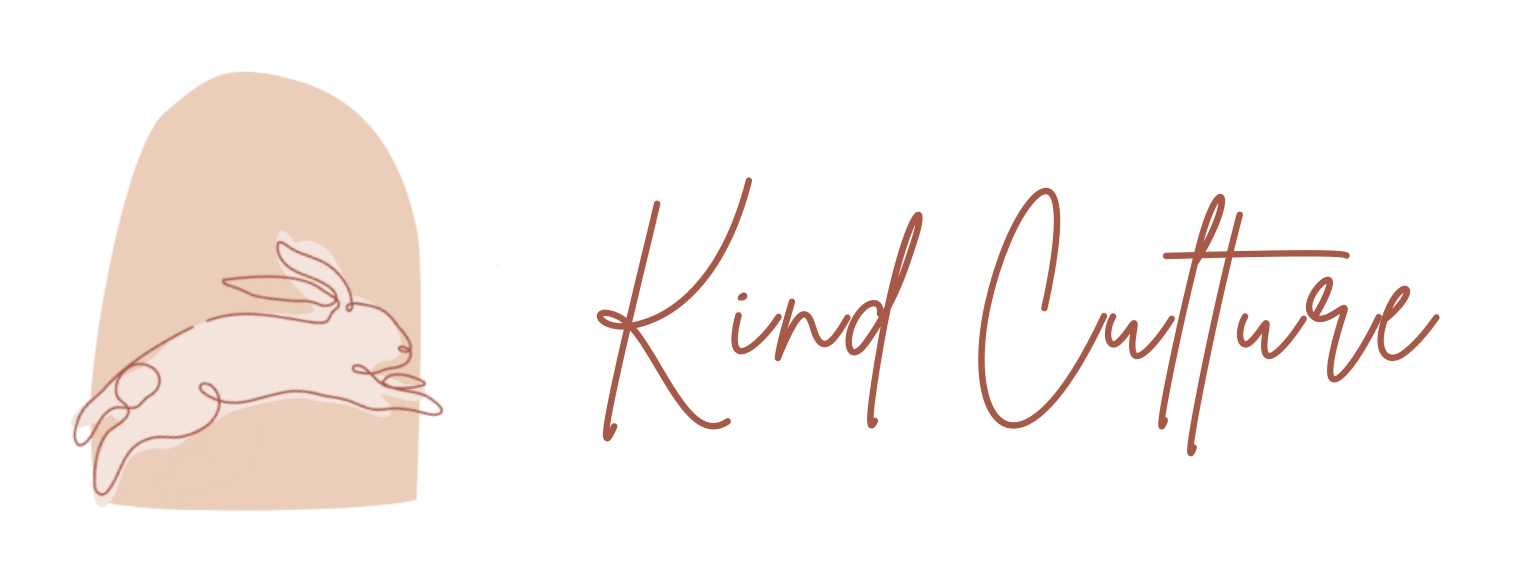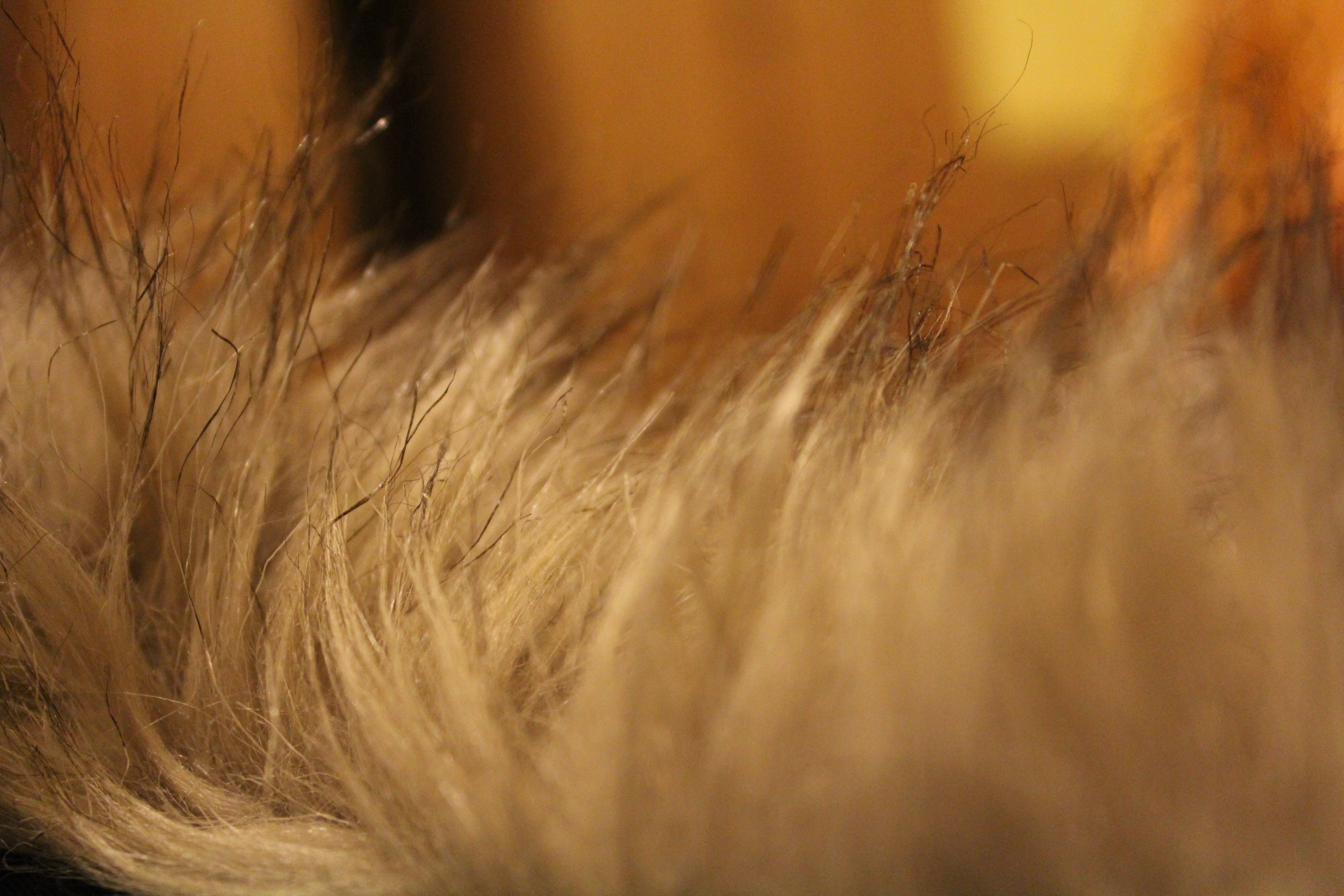Hi everyone!
I hope you all are well 🙂
Today I wanted to discuss the issue of animal fur in the U.K with you all. Although the last fur farm in the U.K has been closed since the past 14 years (since 2003), there have still been numerous occassions where real fur is still being misleadingly sold here in Britain. How? Through imported fur that has been mislabelled and sold as faux fur to consumers in the U.K.
The unnecessary suffering of animals for fur fashion is deplorable, whether the animal involved is a cat, a dog or a seal, whose fur is already banned from UK trade by EU regulations, or a coyote, a fox or a raccoon dog, whose fur is currently still allowed. There’s still uncertainty of whether the retailers buying are aware of the problem at hand, and whether there are any thorough checks to ensure that the fur is indeed faux – this gray area is one of the main factors in the reasons for the distribution of animal fur.
#FurFreeBritain
Despite the fact that opinion polls show continually high levels of public disapproval of fur – more than 80% believe that it’s unacceptable to buy and sell animal fur in this country, real fur is still creeping its way into the market due to false labelling (or what I like to call faux labels) and less restrictions on different animals. Regardless of where you stand when it comes to Brexit, one thing that we can all (hopefully) agree on is that Brexit can provide us with an excellent opportunity to close our borders to the cruel, unnecessary, outdated fur trade, and lead the way as the world’s first fur-free nation!
The Humane Society International have created a petition to our government specifically to tackle the problem of the import of real fur. The #FurFreeBritain petition is not only to retain a UK import ban on cat, dog and seal fur during Brexit negotiations, but also to extend that ban to cover all animals killed for their fur.
The difference between real fur and faux fur?
Before signing the petition, it’s also important for you all to learn the differences between real fur and faux fur to make sure that you’re definitely going for the cruelty-free option. Below is a great post by Lush and the Humane Society International to help you all spot the difference between real fur and faux fur.
To sign the petition, click here.
Please do sign and share the post to help put an end to real fur being sold in Britain! ♥

